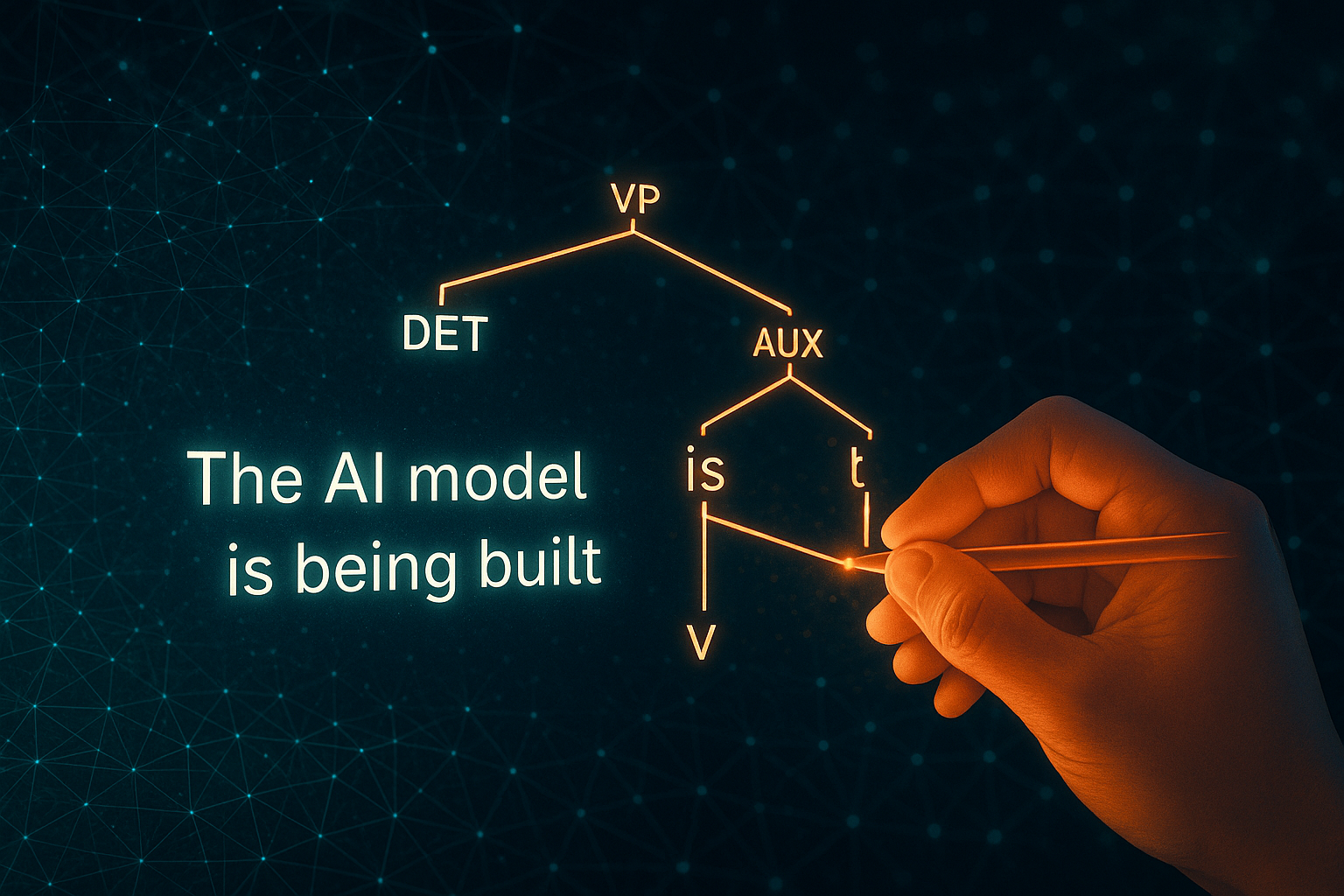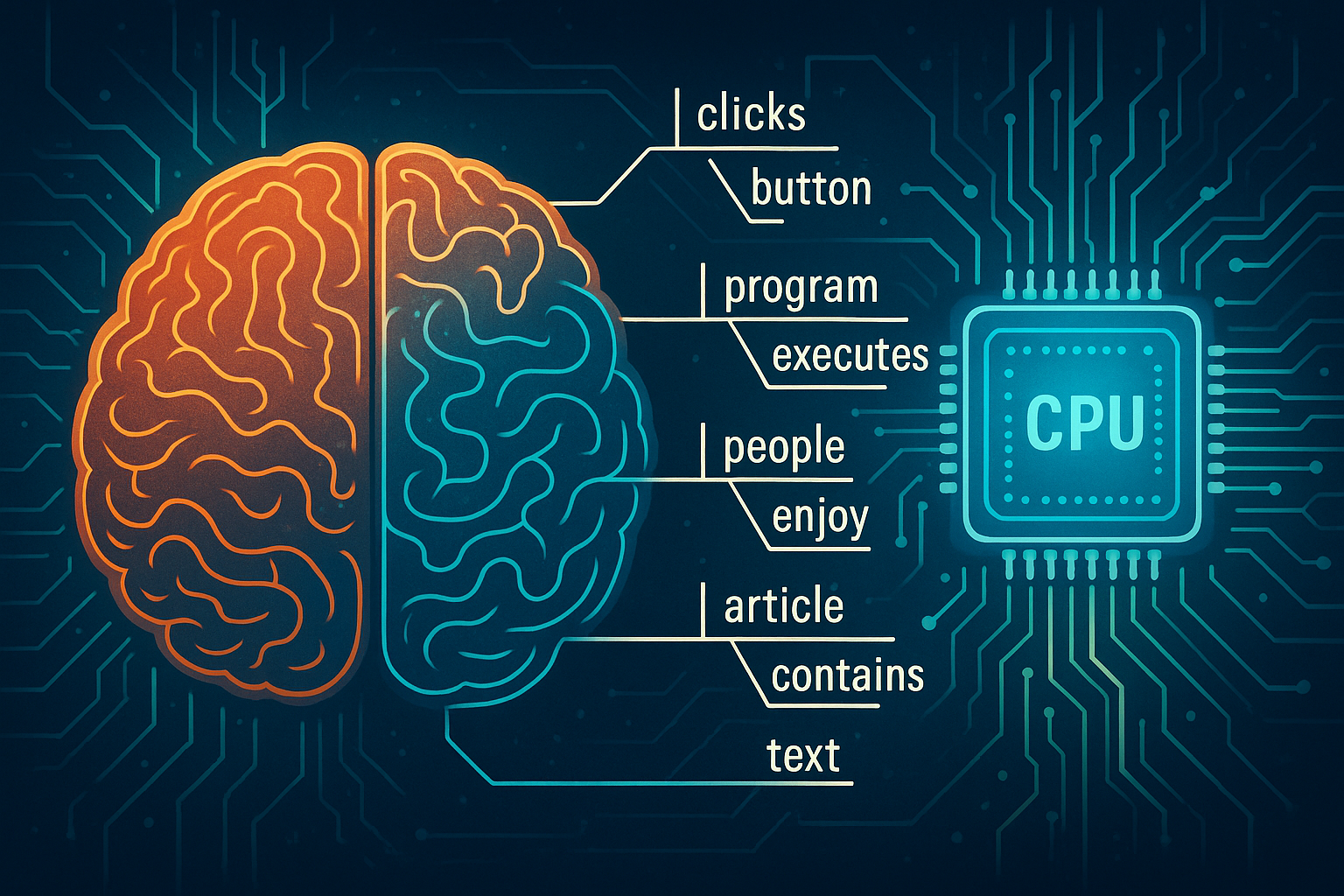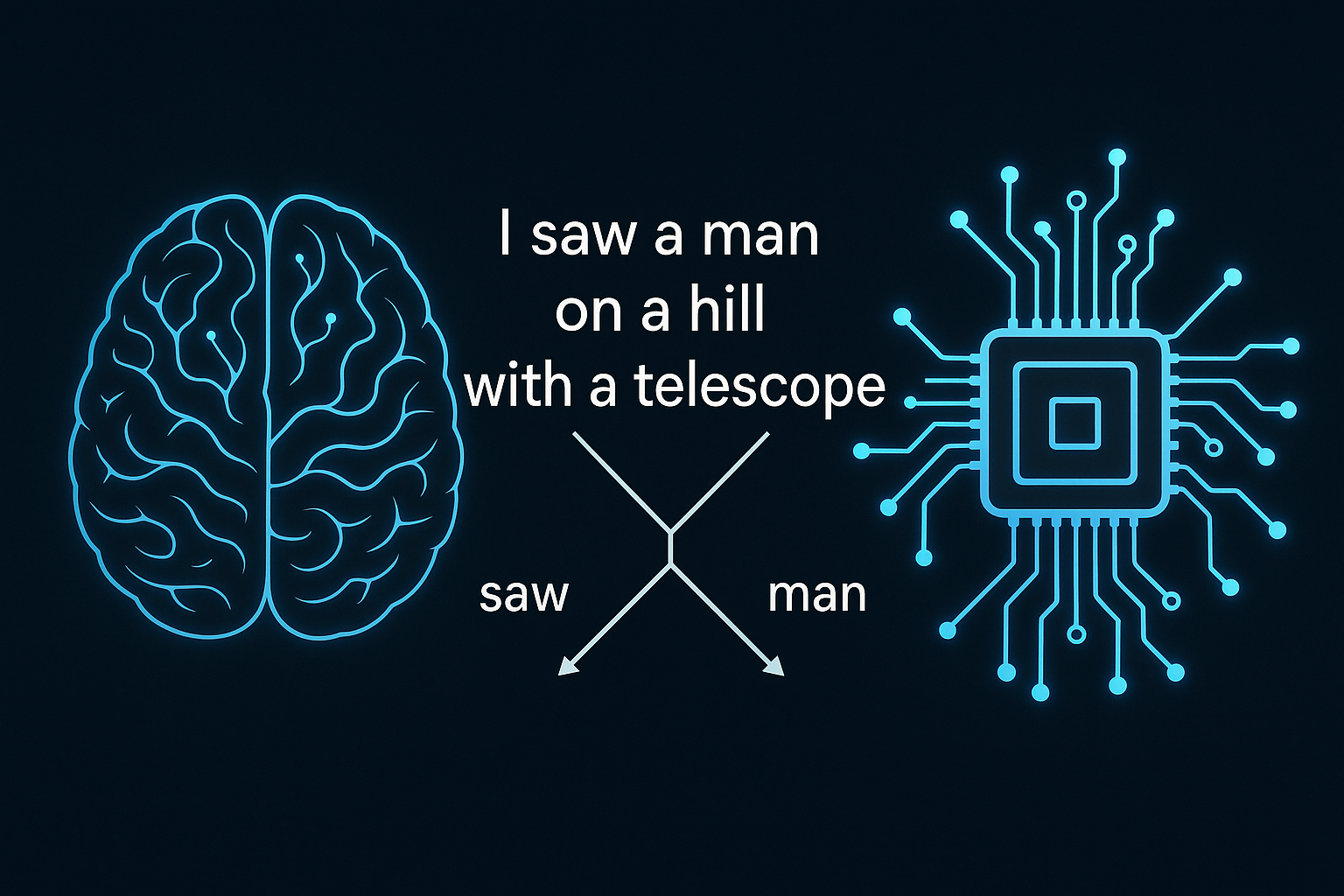The Unseen World of Linguistic Annotation: The Human Hands Behind AI Language Models
**
Before an AI can understand language, a human has to teach it. This work is done by linguistic annotators, the unsung heroes who manually tag text with grammatical and semantic information, creating the training data for models like GPT. This intricate process of “treebanking” and resolving linguistic ambiguity forms the very foundation of the AI revolution.












